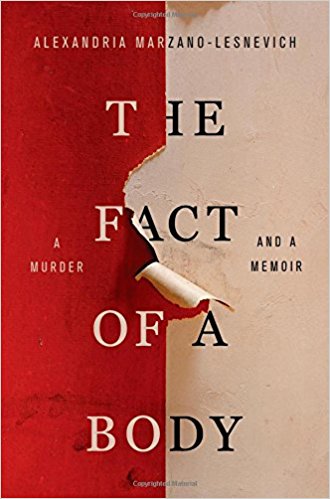 I’m writing a book about someone who made some bad decisions. She bought a gun, kidnapped a woman, held up a bank, and on the very last day of her life shot at SWAT officers. Camilla Hall’s protest of injustice in America in the 1970s—as a member of the violent Symbionese Liberation Army—took a violent turn that put many people in harm’s way.
I’m writing a book about someone who made some bad decisions. She bought a gun, kidnapped a woman, held up a bank, and on the very last day of her life shot at SWAT officers. Camilla Hall’s protest of injustice in America in the 1970s—as a member of the violent Symbionese Liberation Army—took a violent turn that put many people in harm’s way.
If you read anything about Camilla today, the story you get is one only of her bad decisions. Yet, in researching her entire life, I find myself feeling tremendous empathy for her. She grew up with three siblings, but all three had died by the time Camilla was in high school. Her parents were loving, but distant. She kept it secret from them that she was a lesbian. A bubbly personality masked intense sadness and frustration.
I’m trying to uncover who she was before she became the one story the media tell. After reading Alexandria Marzano-Lesnevich’s The Fact of a Body:A Murder and a Memoir, I understand I’m looking for what are called “causes in fact” in legal terms. What are the possible causes that led Camilla down a violent path? Is there a “proximate cause” that a judge or jury could point to as “the one” cause? Can any action ever be explained with just one “proximate cause”? The law says yes. Marzano-Lesnevich, a trained lawyer, says, “wait a minute….”
The case that gave her pause was that of Ricky Langley, who had been sentenced to death before getting a retrial. Marzano-Lesnevich stumbled upon his case while interning for an anti-death penalty organization. She was staunchly against the death penalty until she learned about Langley. The violence he was accused of, and how it related to a dark secret in her family, endeared in her no empathy. She wanted him to die.
So she set off on a journey to explain her change of heart. What she found surprised her: the more she learned about Langley, the more she saw herself. They had more in common than she would have ever thought: alcoholic dads, a dead sibling, and families who pretended the dark past had never happened. She and Langley were two people destined to be damaged. Both lived lives that spiraled out of control. But the difference for Marzano-Lesnevich was that she recognized her self-destruction and stopped it before it was too late.
This is a story of a search for causes in fact, a search for why we become who we become. It’s also a story about humanity and understanding. Is there room for compassion in the face of evil? Is there room for empathy for the accused? Marzano-Lesnevich struggles with finding the answers to those questions for people in her own life, and she projects those questions onto the case of Langley.
This is a work of narrative nonfiction, in which Marzano-Lesnevich augments the facts with her imagination. She uses dialogue when she didn’t hear it and assigns thoughts and feelings to others. But ever the lawyer, at the end of the book she meticulously lists the sources consulted in each chapter. She makes it clear when she has basis in fact and when she’s used her imagination to make scenes bloom. For example, when writing about a woman taking a swig of alcohol: “Upon the bare information about the drink in the play, I have layered my imagination of what the moment must have been like. That said, the drink does not occur in other descriptions of the search, and should be considered disputed.” I am thankful that this lawyerly voice is reserved only for the sources consulted section. Marzano-Lesnevich the creative writer appears consistently throughout the book itself.
Stylistically, Marzano-Lesnevich uses an odd construction throughout the book that repeatedly took me out of the story. She consistently interrupts scenes from the past with future tense. In one scene showing her mom getting ready for a night out: “She shimmies control-top pantyhose up her legs. Never a bra—my mother, flat-chested like I will be, hates bras.” By page 40, it became distracting enough that I started circling each “will.” On one two-page span, I circled “will” thirteen times.
But still, I was left with a thought-provoking story that puts my own character of Camilla into perspective. We see ourselves in others, even those we may despise on the surface. As Marzano-Lesnevich writes, “What you see in Ricky may depend more on who you are than on who he is.”
____
Rachael Hanel is the author of We’ll Be the Last Ones to Let You Down: Memoir of a Gravedigger’s Daughter (University of Minnesota Press, 2013). She teaches Mass Media at Minnesota State University, Mankato.
